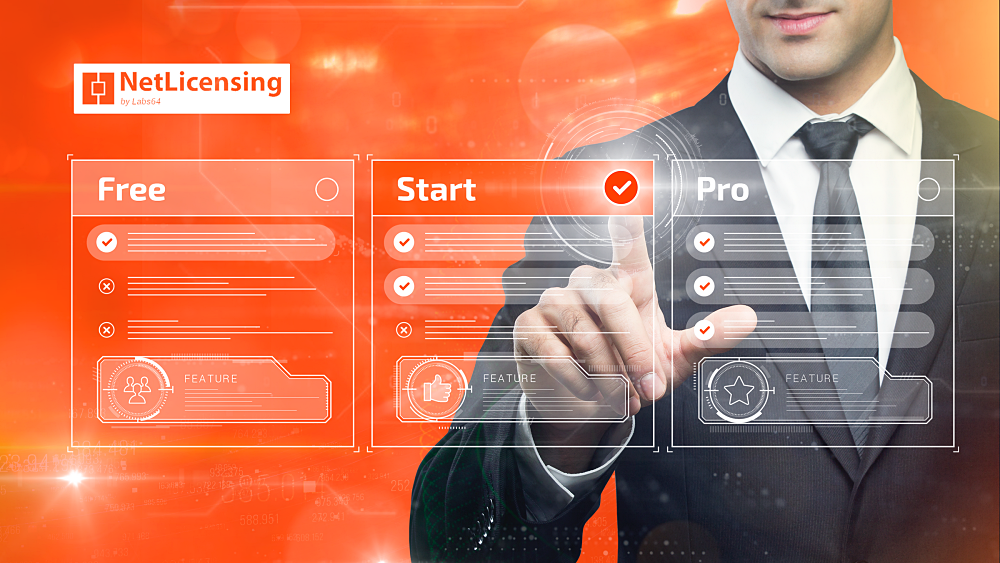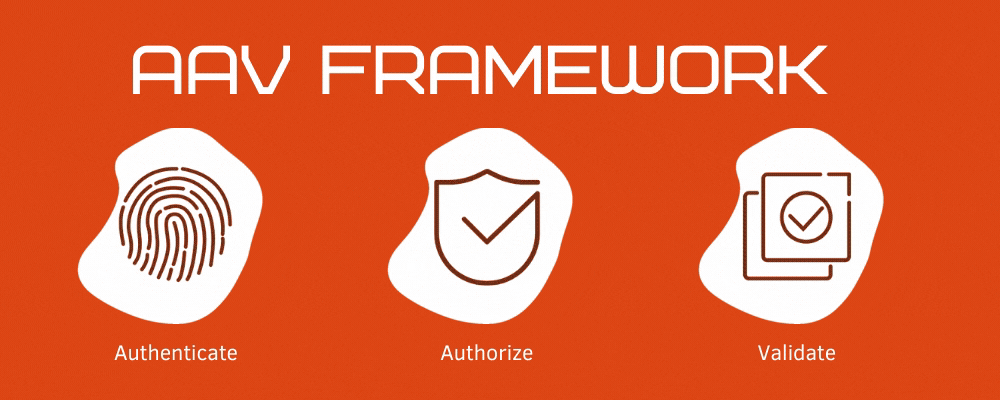Internet of Things – Part I

It’s a little over thirty years since the first internet domain name was registered, and although a lot has happened to the internet since then. It is still a fairly young technology. It is in this short time that the internet has become a central part of our lives.
The most comparable innovation to the internet would be that of the mobile phone, a device that was originally conceived as a luxury for the few but which now sits at the centre of our daily routines and productivity. Many of us use smartphones, both for work and for pleasure. Although these are internet connected devices which can perform a wide variety of functions without a connection, they are becoming increasingly reliant on a connection to the internet.
Many of the tasks which we use to our phones to complete are dependent on an internet connection; such as banking, sending and receiving emails and messages and participating in video conference calls. These are all things that we now take for granted, but which even two years ago would not have been possible. It is only with the widening availability of high-speed 4G mobile connection, as well as increased WiFi infrastructure in both public and private spaces, that we can literally connect from anywhere, at anytime.
The changes in the way that we use mobile technology is symptomatic of the way that the internet is infiltrating other technology both at home and at work. Increasingly there is a demand for devices to have ‘WiFi connectivity’ – a good example being the new generation of small video cameras used for recording sports activities. This innovation has been driven by people’s desire for immediacy, and having the ability to share their experiences on social media within minutes of the actual experience itself.
The one flaw that no one is talking about, is what happens when the internet connection stops working. Although we now have ever-increasing reliability with our internet connections, it is never guaranteed to work all of the time.
The growth in SaaS (Software as a Service) has also raised issues around licensing. A growing number of companies are now using subscription based models for their licensing and whilst there are benefits to both the consumer and provider, there are a number of pitfalls with this model, which we will explore in more detail in our next article.
Image Credits: © Rawpixel.com - Fotolia.com




